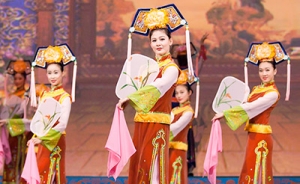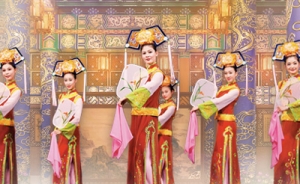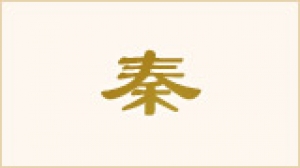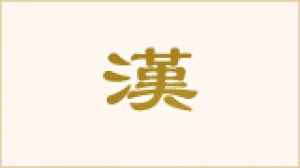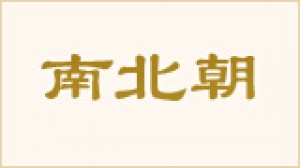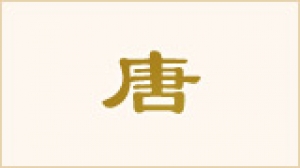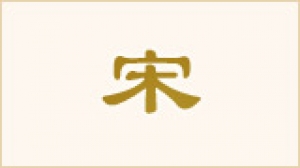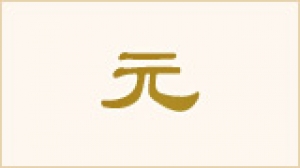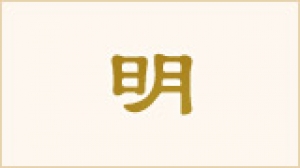The Qing Dynasty
The Qing Dynasty (1644–1911), ruled by the Manchus, was China’s last traditional dynasty. Its final decades were plagued by military defeats, internal strife, and economic woes. But at the Qing Dynasty’s peak, its emperors oversaw impressive territorial expansion and achievements in art and literature, including publication of Dream of the Red Chamber, the fourth of China’s most famous classic novels.
The Qing’s founding emperor, Nurhaci, was a descendent of the Jurchen people who had vanquished the Northern Song Dynasty. In 1616, he proclaimed himself Khan of a new empire in northeastern China, and in 1636 his son replaced him and renamed the dynasty Qing. But all along, the Ming Dynasty still ruled over China’s heartland, and the Manchurian Qing empire was kept out, locked north of the Great Wall.
But in 1644, a Han Chinese rebel leader named Li Zicheng overthrew the Ming dynasty and took over Beijing. Later that year, a Ming Dynasty official in charge of guarding “Mountain Sea Pass”—the Great Wall’s easternmost gates that kept out invading tribes for centuries—infamously threw open the doors, let in the Manchu army, and joined them in attacking Li’s rebel forces. With his help, the Manchus took over the capital and established the Qing’s reign over China.
In 1661, the Qing emperor suddenly died, and his son Kangxi, all of eight years old, inherited the throne. Despite his age, Kangxi went on to become one of China’s most remarkable emperors, and the longest enduring, reigning for 61 years.
Kangxi ushered in the “High Qing” era, a golden age that lasted over 100 years. He was known for both military prowess and fondness for literature, philosophy, and science. He trained in martial arts from a young age, and was highly adept at horsemanship and archery. His mastery and precision were frequently displayed in outings at the imperial hunting park.
His talent as a brilliant strategist quickly became evident. At age 16, he deposed and imprisoned his power-hungry regent. At 20, he began putting down rebellions that had risen against the Qing. Over the following decades, Kangxi captured Taiwan, personally led three expeditions to suppress Mongol rebellions, and defended the empire’s northern regions from invasions by Tsarist Russia. He also installed a resident grand minister in the Tibetan capital of Lhasa.
And yet he also had a scholarly streak and a profound interest in Western culture. He bestowed special treatment on the literati, and organized the publication of the Kangxi Dictionary, which became the standard dictionary in the following centuries. When foreign missionaries traveled to China, he grabbed the opportunity to study a wide range of subjects related to Western culture and science, including algebra, geometry, astronomy, and Western medicine. Meanwhile, he was also devoted to traditional Chinese schools of thought, such as Confucianism and Taoism.
His son Yongzheng succeeded him, and he was followed by the great Emperor Qianlong. Like Kangxi, as a teenager, Qianlong was already an accomplished martial artist. He later directed a series of successful military operations known as the “Ten Great Campaigns,” conquering areas controlled by the Uyghurs, Mongols, and Vietnamese, further expanding the empire.
Qianlong was a lover of poetry and literature, composing some 40,000 poems. During his reign, the Four Treasuries was compiled in an effort to surpass the Yongle Encyclopedia of the Ming Dynasty. The text is an extensive collection of most literary works spanning roughly 2,000 years from the pre-Qin era to the Qing Dynasty, covering nearly every field of study. It took nine years to complete and totals about 2.3 million pages.
About two hundred years into its rule, the Qing Dynasty began to decline in the mid-nineteenth century. Lost battles during the Opium Wars that broke out in 1840 weakened the empire. The Taiping Rebellion (1850–1864) further damaged its power and confidence. The First Sino-Japanese War (1894–1895) left in its wake a devastated economy, ceded territories, and war indemnities. Finally, in 1911, Sun Yat-sen led a revolution that overthrew the Qing Dynasty, bringing an end to thousands of years of imperial rule.
July 10, 2011


